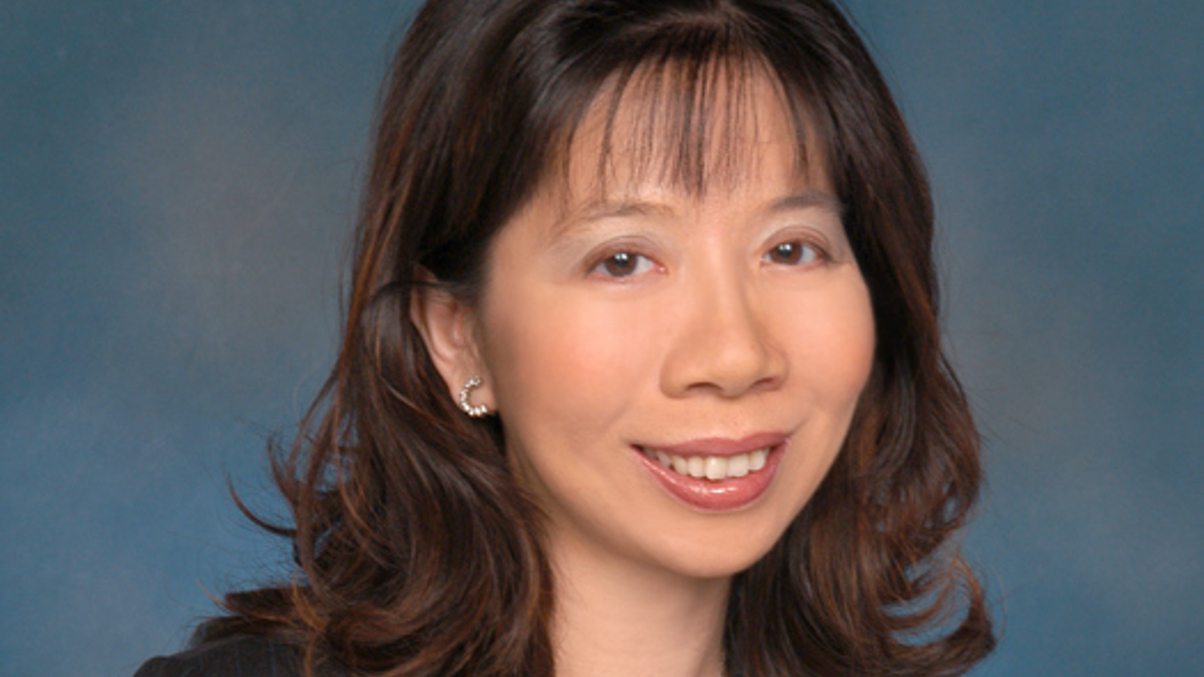Fidelity outlines Southeast Asia expansion plans
The asset manager wants to add sales staff in Singapore and is readying its China Consumer Fund for the retail market there.

Fidelity International is looking to expand its sales team in Singapore and will next month launch a Singapore dollar share class of its China Consumer Fund as the next steps in its business strategy in Southeast Asia.
Sign in to read on!
Registered users get 2 free articles in 30 days.
Subscribers have full unlimited access to AsianInvestor
Not signed up? New users get 2 free articles per month, plus a 7-day unlimited free trial.
¬ Haymarket Media Limited. All rights reserved.


